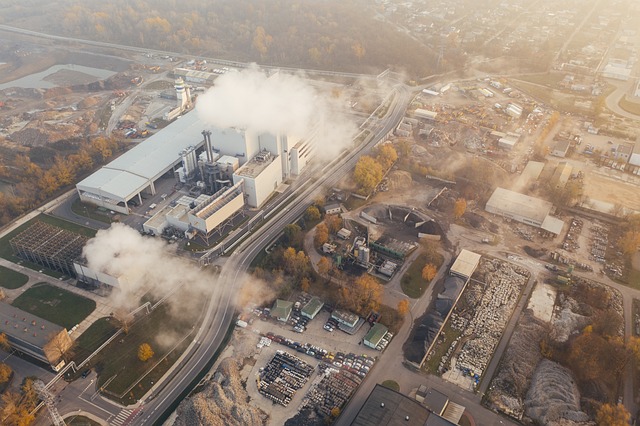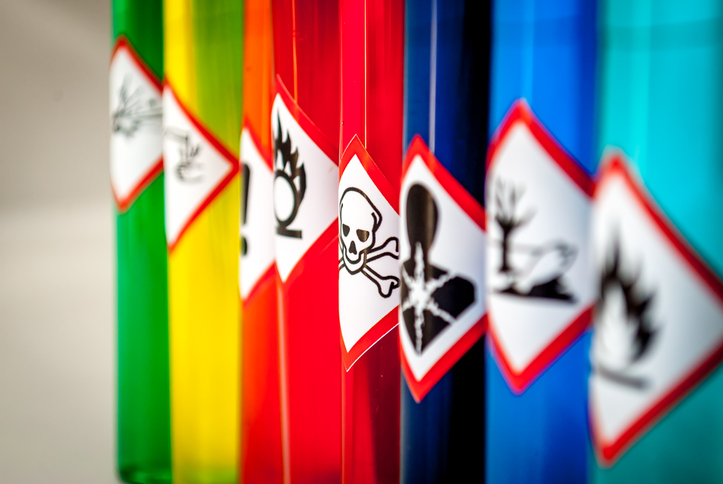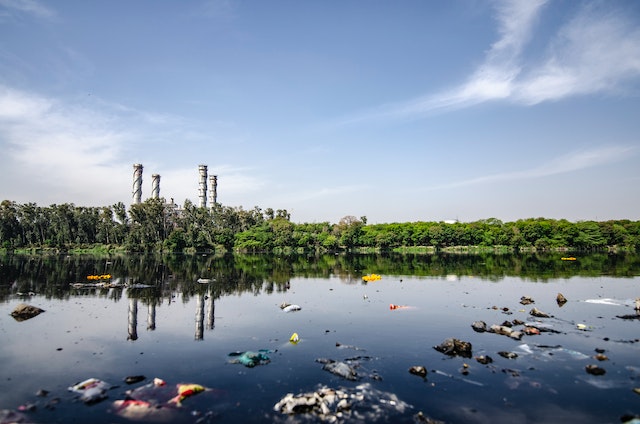

In today’s fast-paced world, where convenience often takes precedence over everything else, it is easy to overlook the potential dangers hidden in everyday products we use in our homes. From cleaning supplies to personal care items to household goods, many of these products contain harmful chemicals that can pose significant risks to our health and the environment. In this article, we will explore the hidden dangers of chemicals in everyday products and provide valuable insights on choosing non-toxic alternatives that promote well-being and sustainability.
Contents
The Hidden Dangers of Chemicals in Everyday Products
The shelves of supermarkets and stores are lined with an array of products promising cleanliness, beauty, and convenience. However, what lies beneath the appealing packaging is often a cocktail of chemicals that can have adverse effects on our health. Many cleaning supplies, for example, contain harsh chemicals like ammonia, chlorine, and phthalates, which can irritate the skin, eyes, and respiratory system. Prolonged exposure to these chemicals may even lead to more severe health issues, such as respiratory disorders and hormonal disruptions.
Similarly, personal care items like shampoos, soaps, and cosmetics frequently contain synthetic fragrances, parabens, and sulfates. These chemicals have been linked to skin allergies, endocrine disruption, and water pollution when they wash down the drain. Household goods such as plastic food containers, non-stick cookware, and flame-retardant furniture often release harmful toxins into the air and can contaminate food, posing health risks to both adults and children.
The Environmental Impact of Chemicals
In addition to the potential health risks, the chemicals present in everyday products also contribute to environmental degradation. When these products are used and eventually discarded, they often end up in landfills or waterways, contaminating soil and water sources. Many chemicals do not break down easily and can persist in the environment for years, causing long-term harm to wildlife and ecosystems. For example, chemicals and heavy metals used in the creation of common household electronic items can leach into the soil when they’re landfilled, leading to contamination of nearby waterways.
Moreover, the production and disposal of these chemical-laden products often involve energy-intensive processes that contribute to greenhouse gas emissions and exacerbate climate change. To safeguard the planet and its future, it is crucial to take a closer look at the products we use and make conscious choices that support sustainability.
Choosing Non-Toxic, Eco-Friendly Alternatives
Fortunately, there is a growing awareness about the impact of chemicals in everyday products, leading to the availability of non-toxic alternatives that are both safe for our health and the environment. Here are some valuable tips for choosing non-toxic alternatives:
- Read Labels and Research Ingredients: Become an informed consumer by reading product labels and researching the ingredients used. Look for certifications such as “organic,” “biodegradable,” and “non-toxic.” Avoid products that contain synthetic fragrances, parabens, phthalates, and harsh chemicals.
- Make Your Own Cleaning Products: Consider making your own cleaning supplies using simple and natural ingredients like vinegar, baking soda, lemon, and essential oils. DIY cleaning solutions are not only safer but also more cost-effective.
- Opt for Plant-Based and Biodegradable Products: Choose cleaning supplies and personal care items that are plant-based and biodegradable. These products are made from renewable resources and break down safely in the environment, reducing their ecological footprint.
- Embrace Sustainable Packaging: Support brands that prioritize sustainable packaging, such as refill stations or products packaged in recyclable materials. Minimize single-use plastic consumption and opt for products with minimal packaging.
- Look for Eco-Friendly Certifications: Many eco-friendly certifications like the USDA Organic seal or the Green Seal indicate that a product meets specific environmental standards. Seek out these labels as a guide for making safer choices.
- Choose Safe Materials for Household Goods: When buying household goods, opt for items made from natural materials like glass, stainless steel, and wood. Avoid products with flame-retardant coatings and plastic-based materials.
- Support Ethical and Sustainable Brands: Research and support companies that prioritize ethical practices, sustainability, and transparency in their supply chains. By doing so, you contribute to a more sustainable future and promote responsible business practices.
Ready for more tips? Read our guide, “How to Shop Your Way out of Toxic Chemicals.”
Conclusion
As we strive to create a healthier and more sustainable future, understanding the impact of chemicals in everyday products is essential. By choosing non-toxic alternatives, we not only safeguard our health but also play a crucial role in protecting the environment. Empowered with knowledge and armed with conscious choices, we can make a positive impact on our well-being and the planet, one non-toxic product at a time. Let us embrace sustainability and non-toxic living as a collective responsibility, ensuring a safer and greener world for generations to come.



